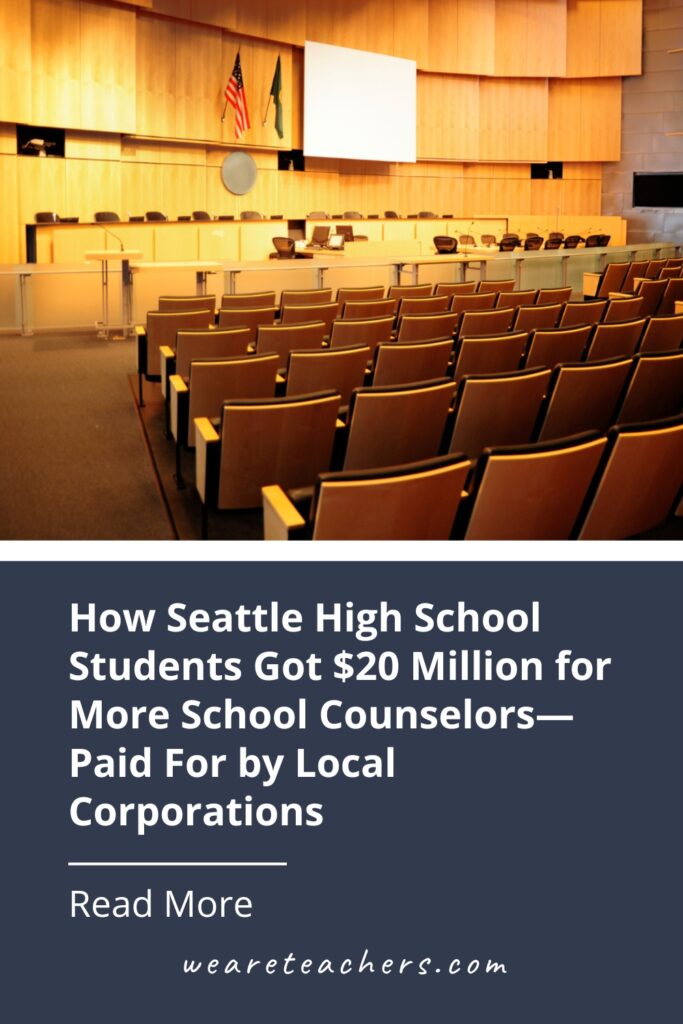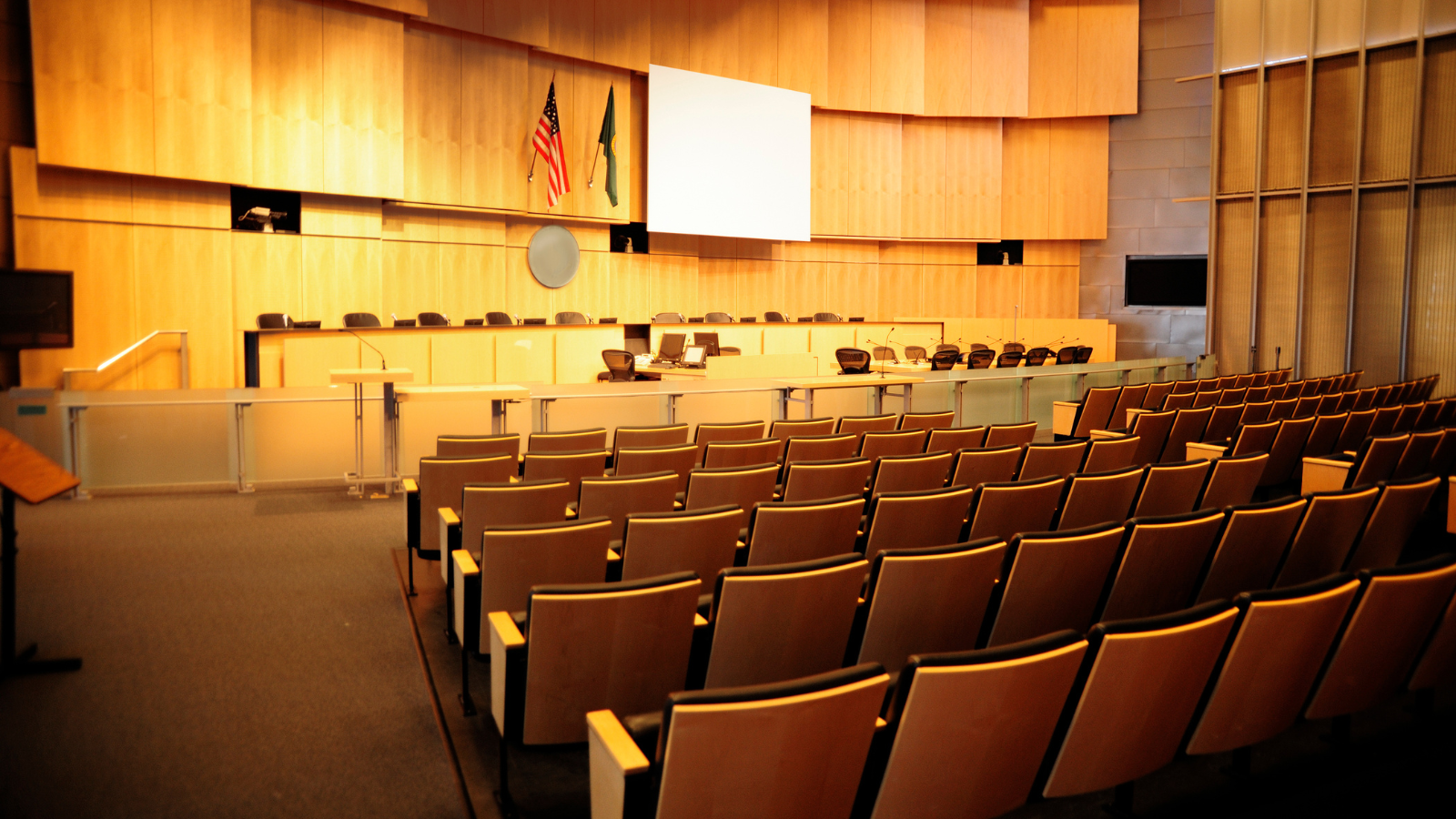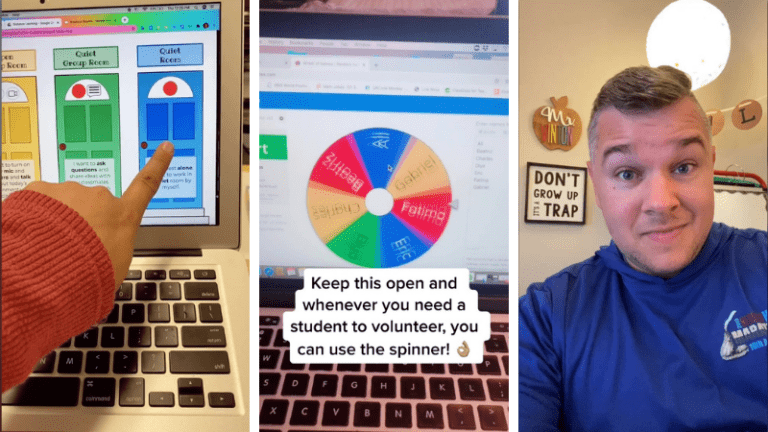Students in Seattle aren’t waiting for college degrees or even their high school diploma to make a difference in their community.
They’re making a difference right now.
High school senior Natalya McConnell explains in her article for The Nation how she and a group of high school students saw a need in their schools, demanded better even when the odds were against them … and won.
The Problem
Across the country, students are in a mental health crisis. According to the Centers for Disease Control and Prevention, 20% of children experience a mental health disorder each year, and nearly 20% of high school students report serious thoughts of suicide each year. For many children, school is their only chance of access to mental health services. The American School Counselor Association recommends a counselor-student ratio of 1:250, and the ASCA reports the national average in 2021-2022 was 1:408. Most children in America are not getting the mental health services they need.
Seattle is struggling, too. According to the Seattle Times, the city’s counselor-student ratio in 2022 was 1:375—a tighter ratio than the national average, but still falling short than what ASCA recommends. The waiting lists for students requesting mental health services were, as one Seattle counselor put it, “astronomical.”
When the Seattle Student Union—a group of middle and high school students who fight for student needs—asked for more counselors in 2022? Well, every teacher knows the answer they got from the city council.
“Sorry. We don’t have the money.”
Luckily, students didn’t accept this answer.
Seattle Students Demand Better
This past November, McConnell and the rest of the Seattle Student Union demanded $20 million for more school counselors. They demanded, too, that the money come from Seattle’s top businesses.
Then, they organized.
Over and over, students showed up. First, in the form of a petition. Then email. And finally, attending city hall meetings in person, sometimes waiting hours to testify. McConnell writes that council member Kshama Sawant “provided us with advice on how to mobilize students and counselors, and she opened up her office so we could make rally signs and get ready for the public hearing.”
At the final public hearing, high school student C. Maker-Witucki warned the council members: “If you know anything about teenagers, you know that we are good at holding grudges, and if you turn your backs on us, we will remember it.”
The $20 million “Amazon Tax” to fund more counselors and mental health support roles passed—5 votes to 4.
Teachers: Take Note
McConnell’s article serves as a testament to the power of student-led advocacy in effecting change. Clearly, the students themselves are inspirational. But teachers across the country should be taking notes from other parts of this story, too.
Be like the teachers and people in mental health support roles in Seattle, who fostered an environment where students feel empowered to voice their concerns and advocate for the resources they need.
Be like city council member Kshama Sawant, who believed in students enough to let them lead, equipping them with the tools they needed to effect change and using a position of power to make sure their voices were heard.
Finally, we do our students a big disservice by talking about their capacity for change in future-only terms. So often, we say, “Our students will change the world one day,” or “Children will grow up and be leaders.” Stop using language like that.
They already are. We just need to get out of their way.
For more articles like this, be sure to subscribe to our newsletters.


